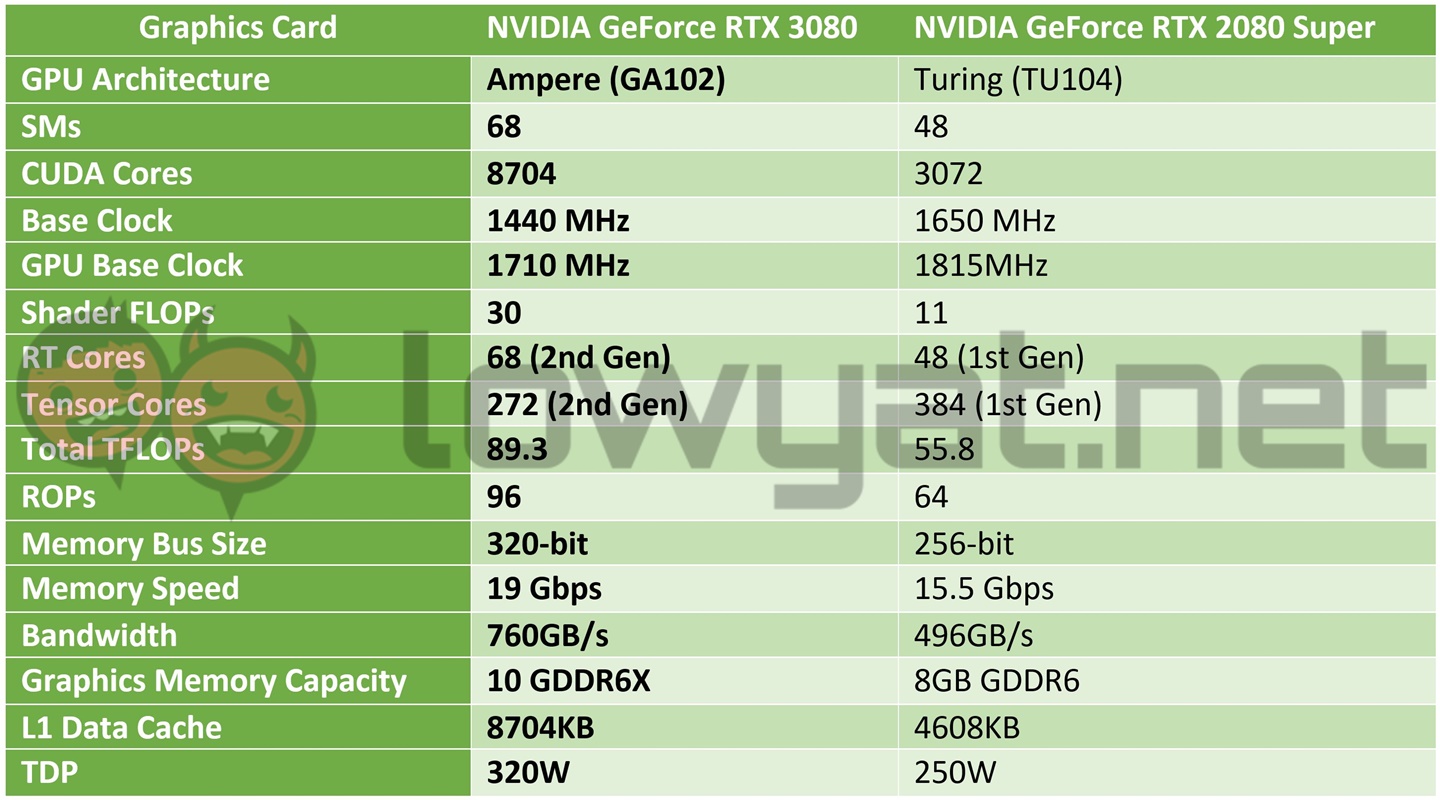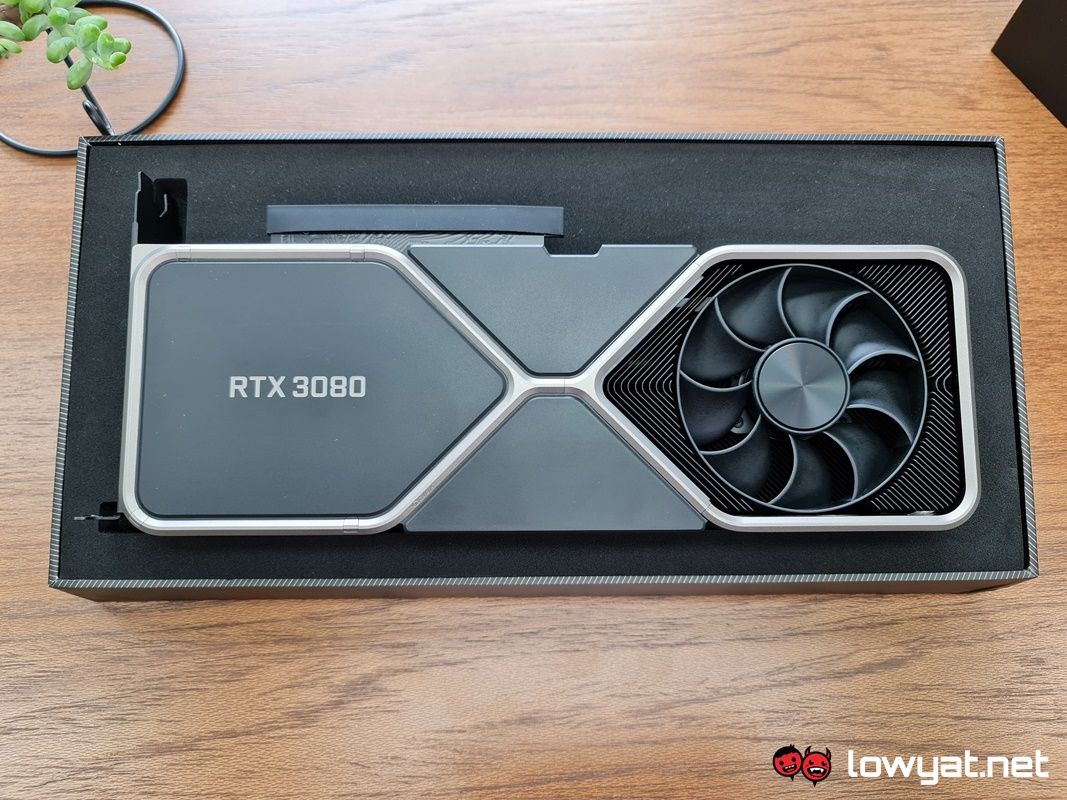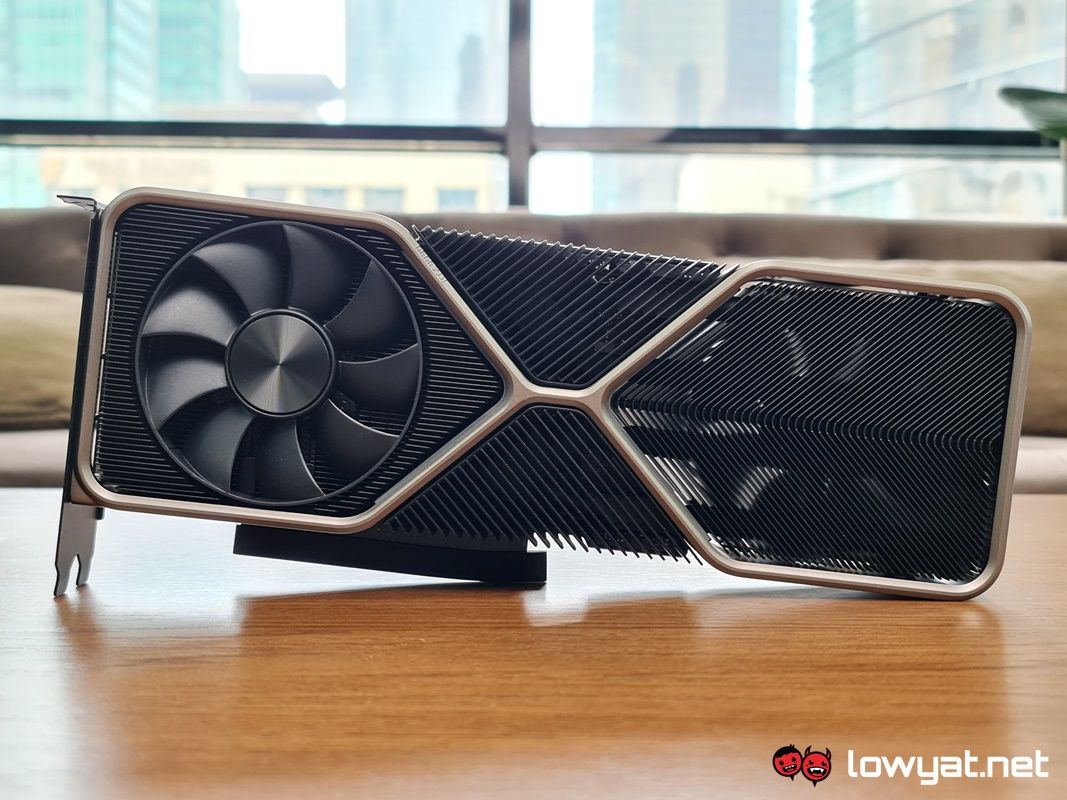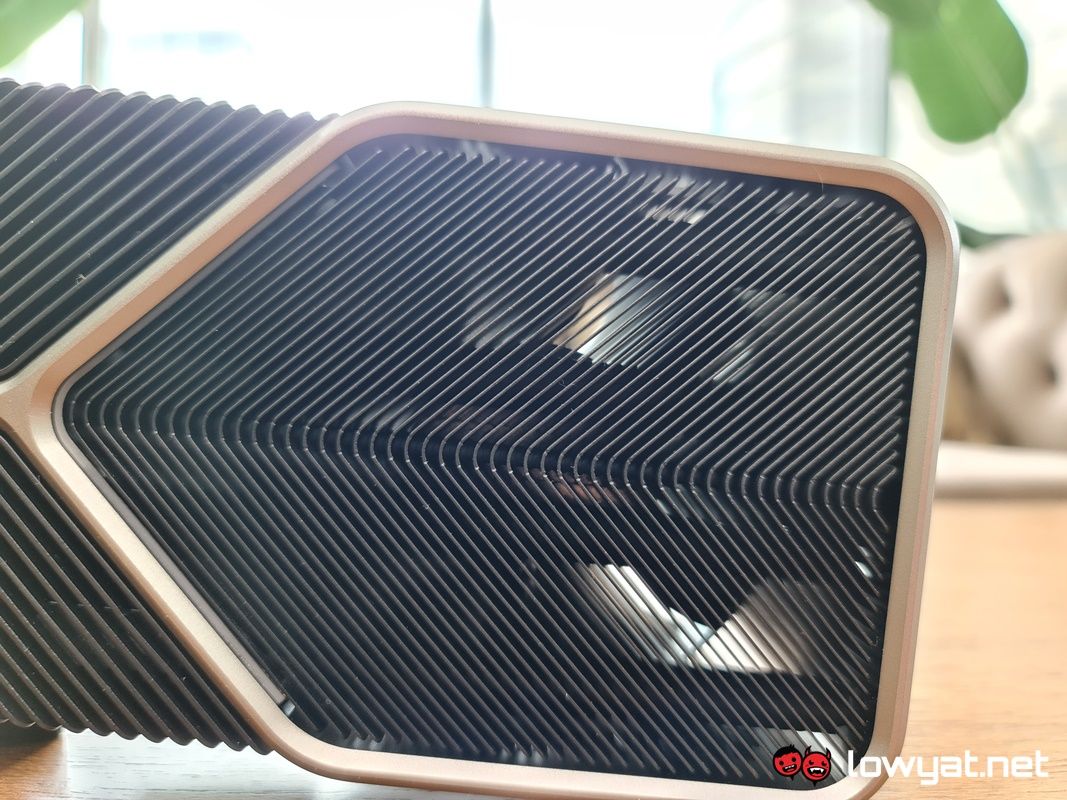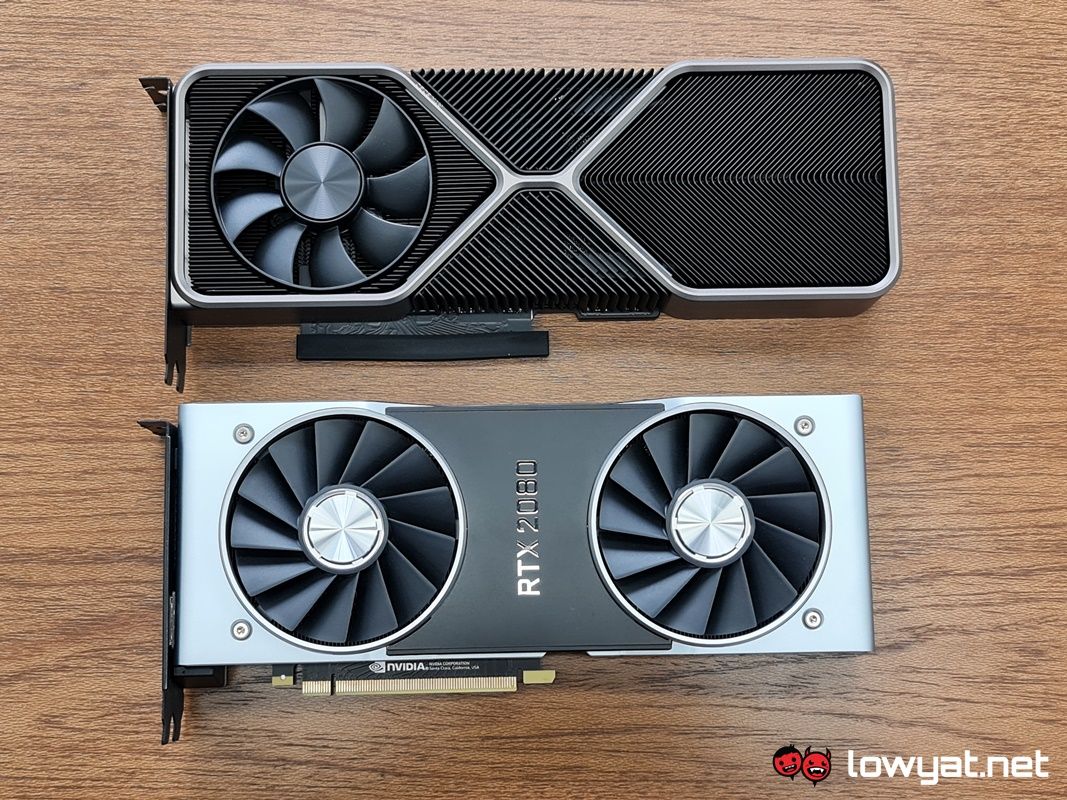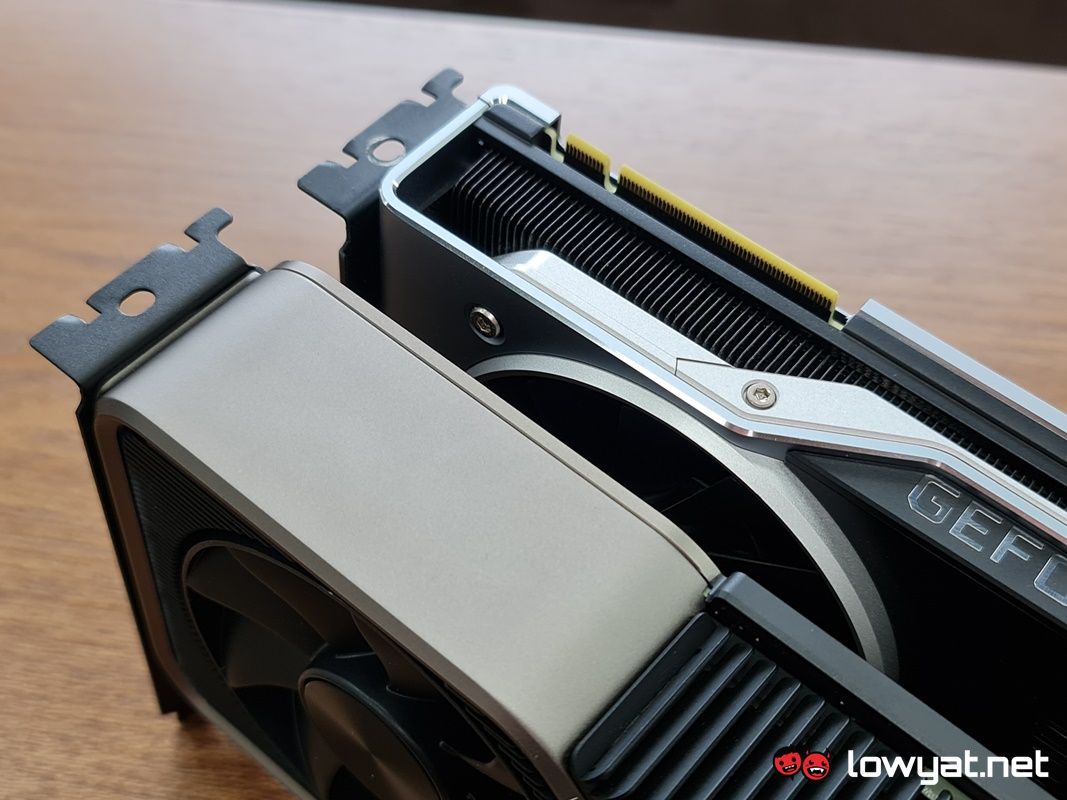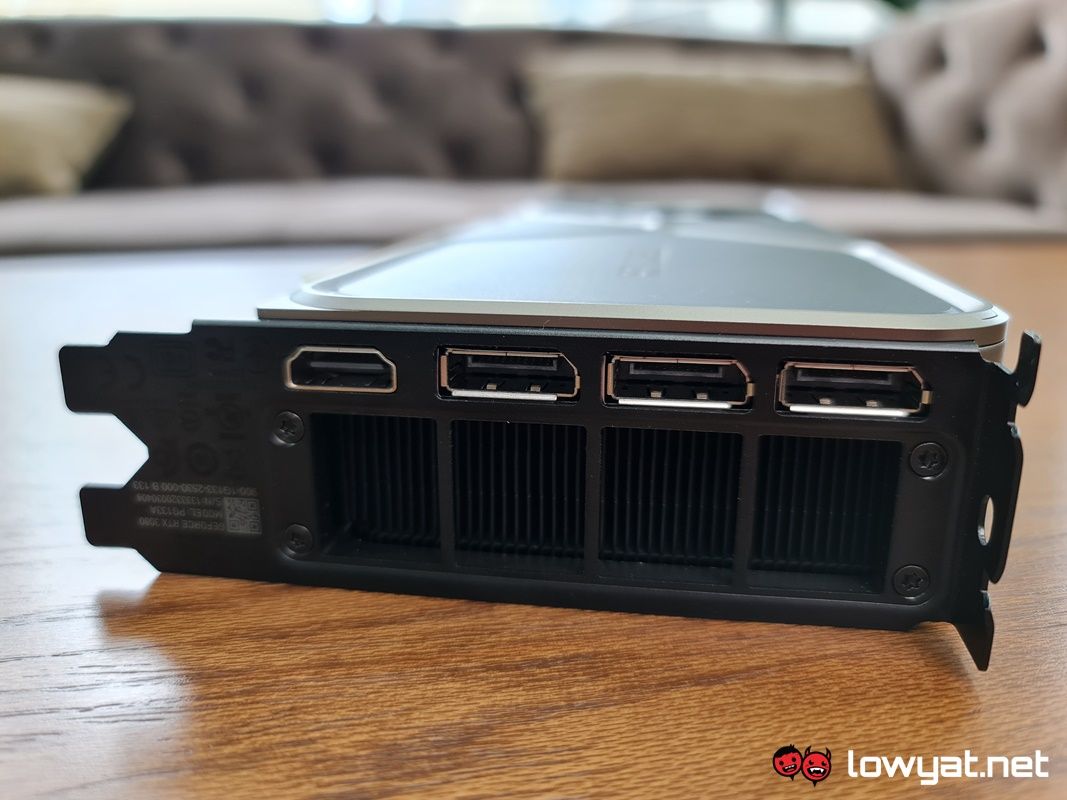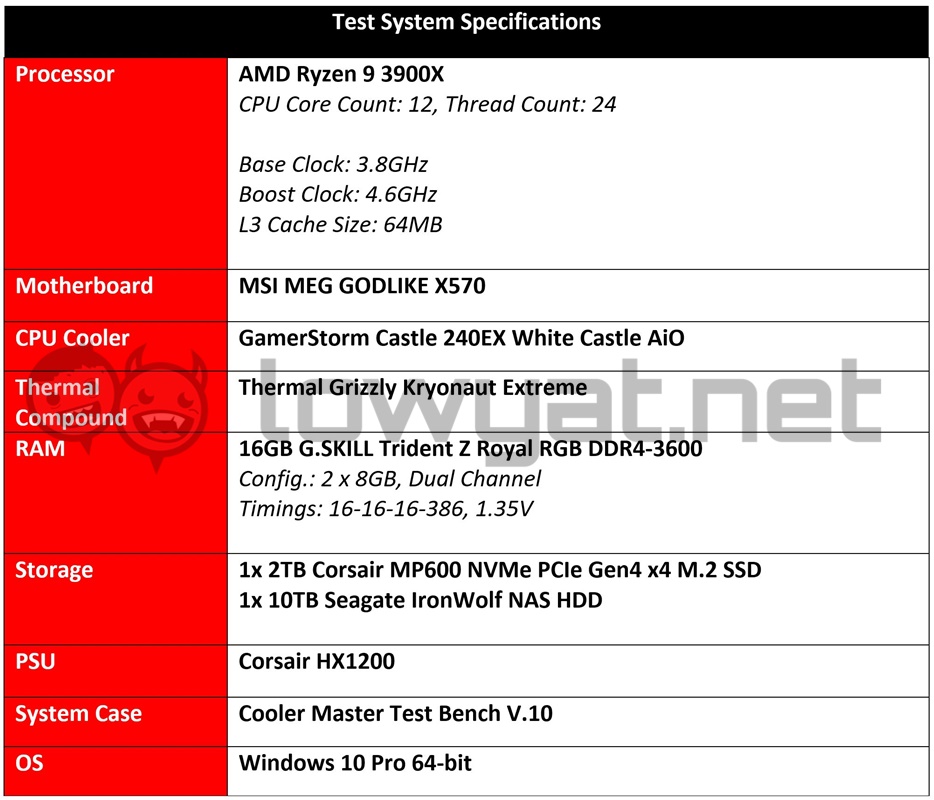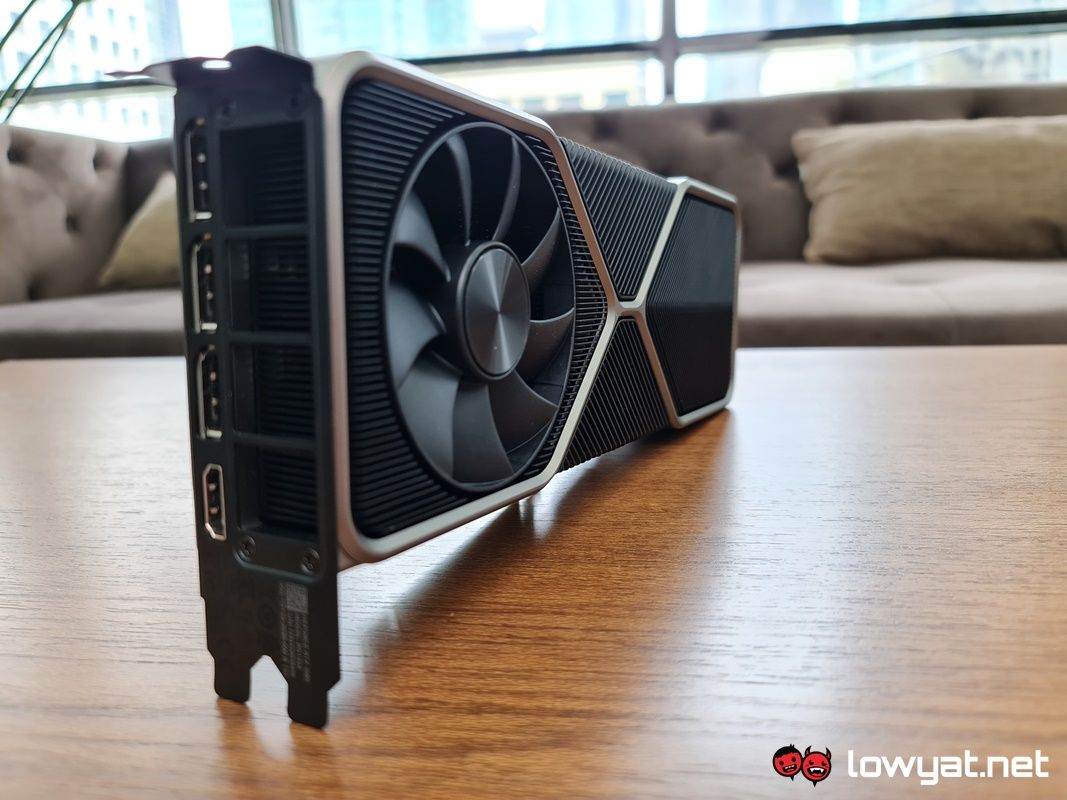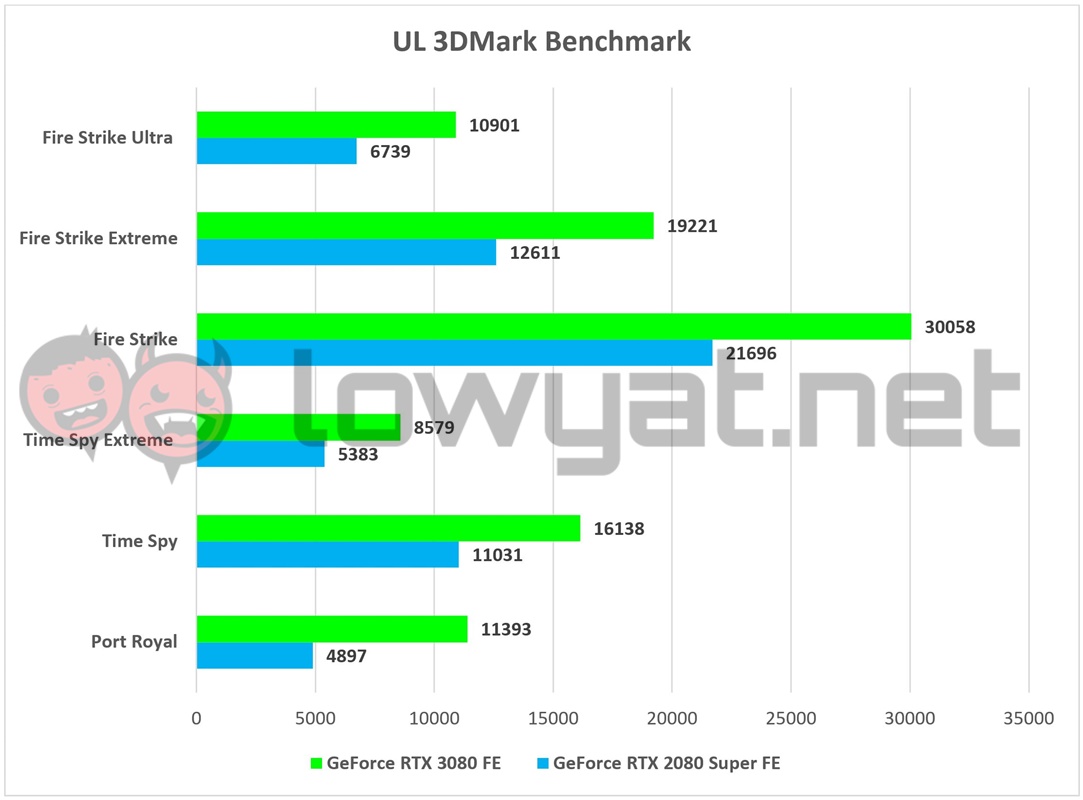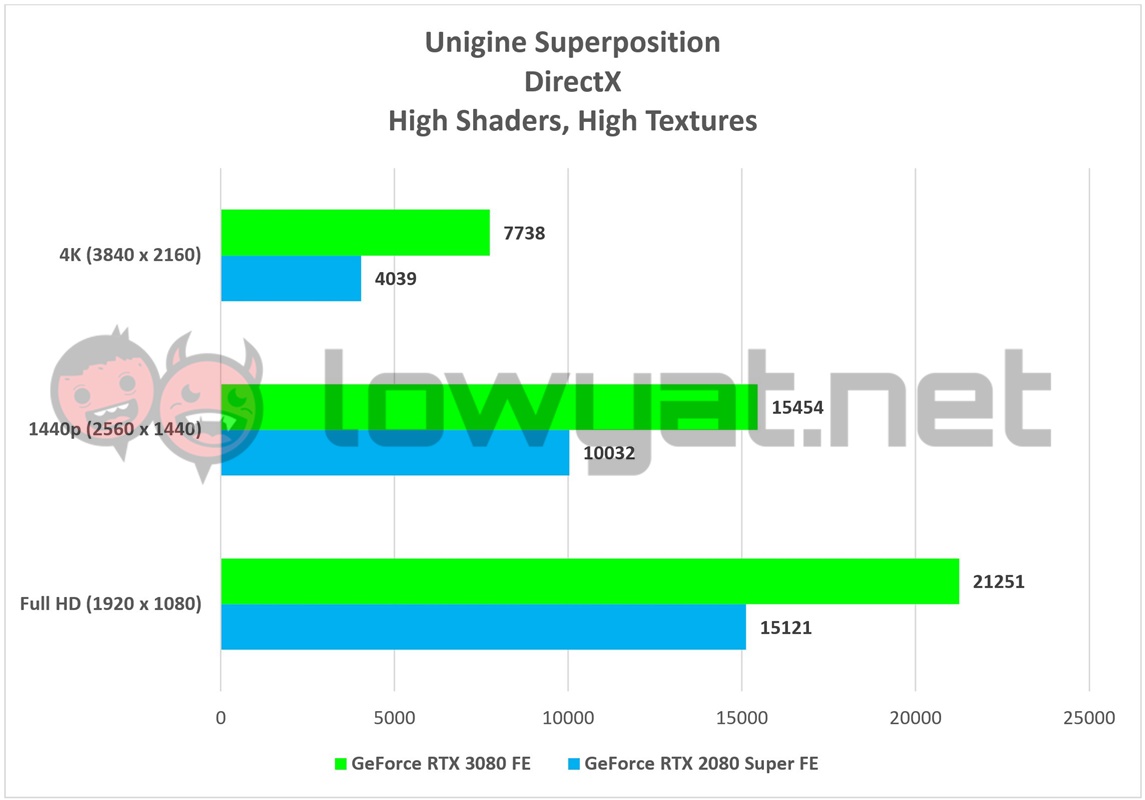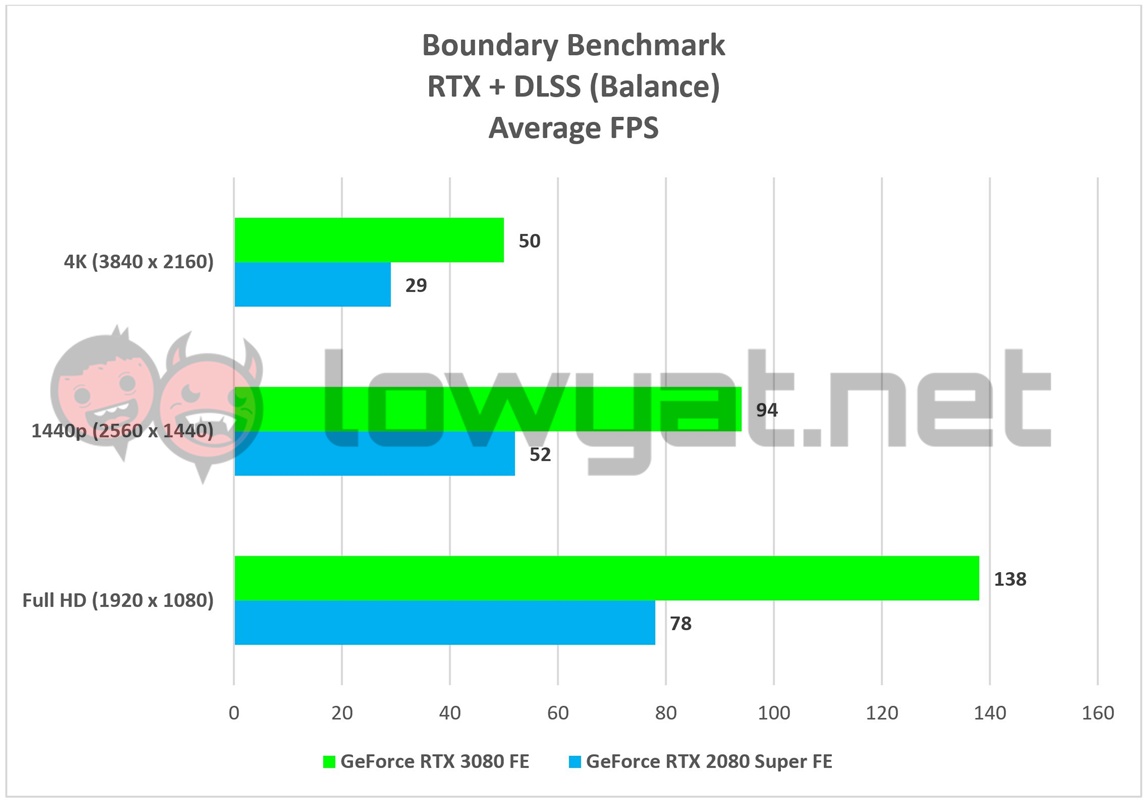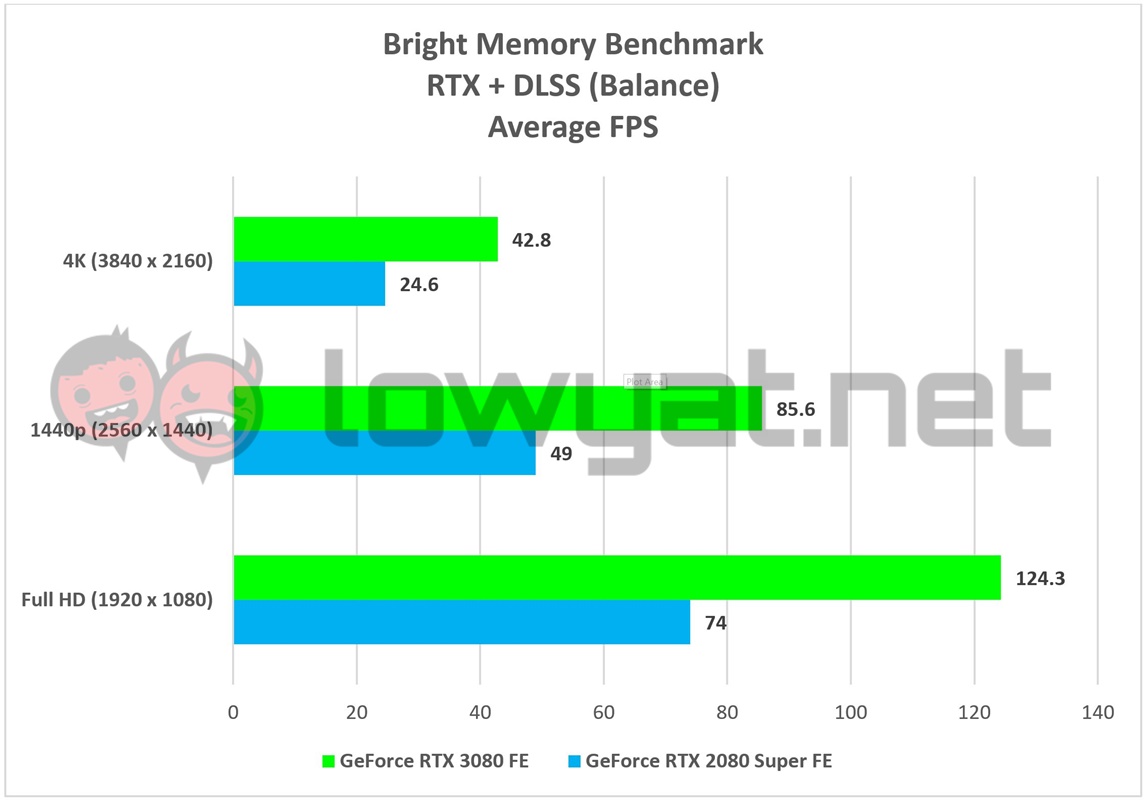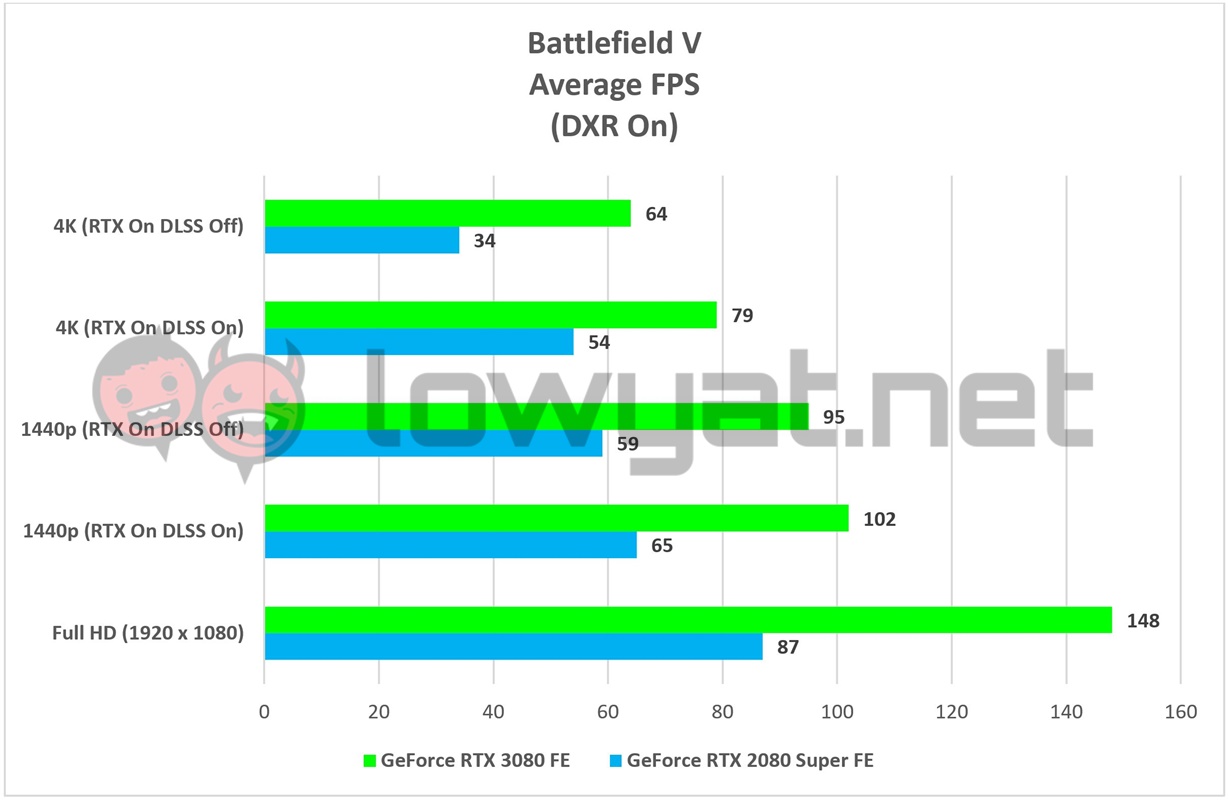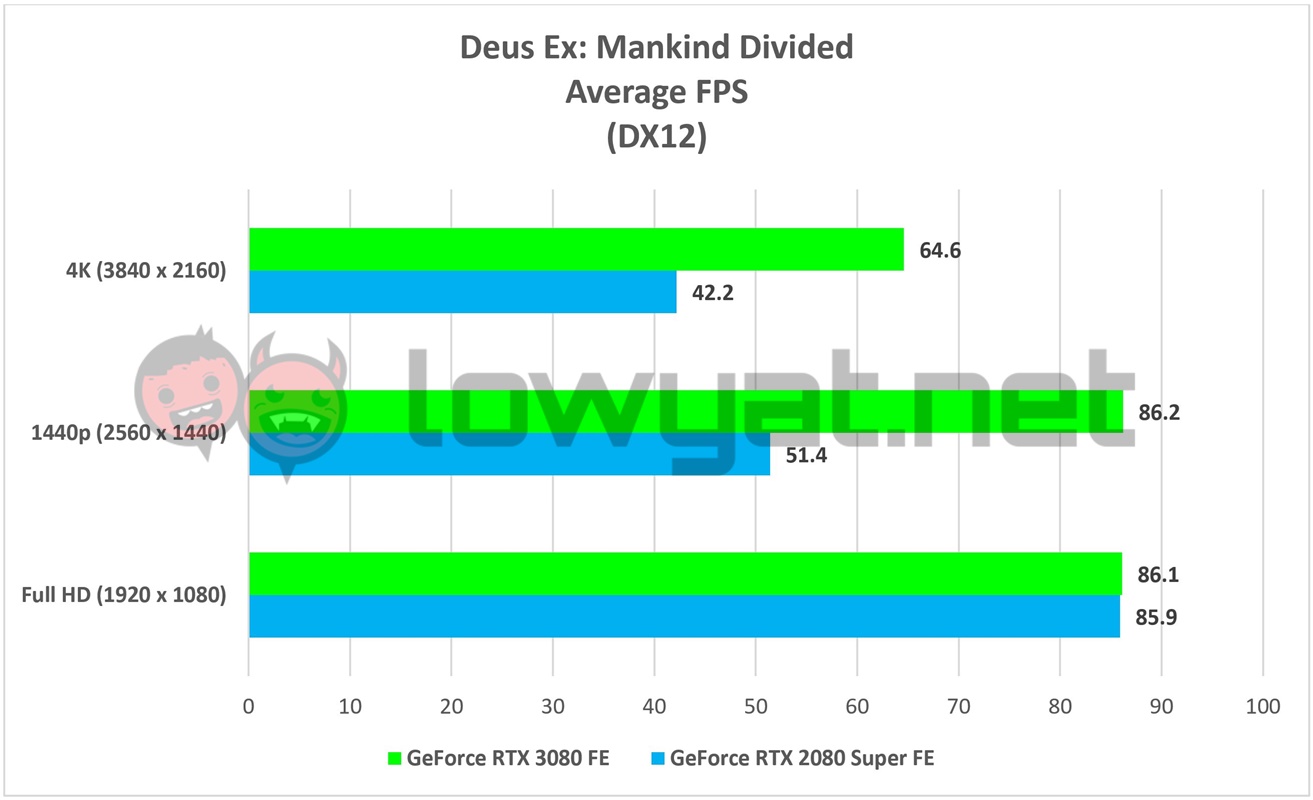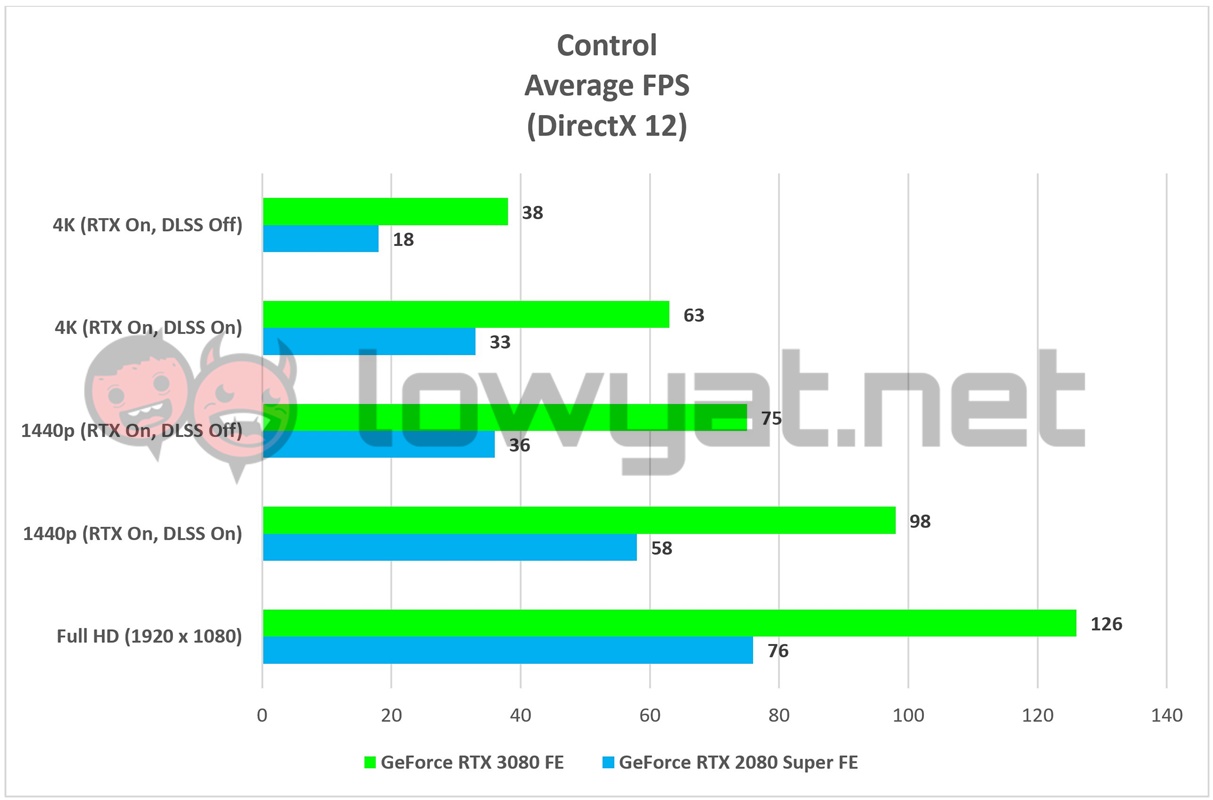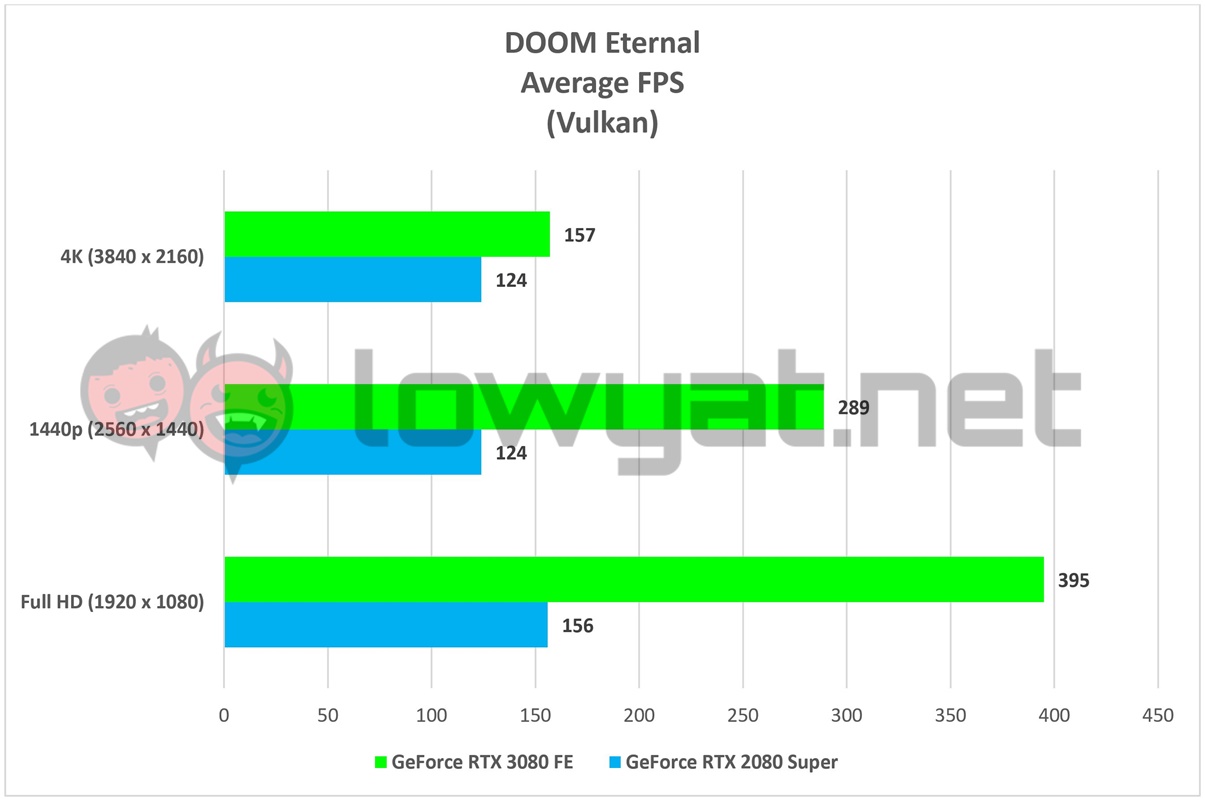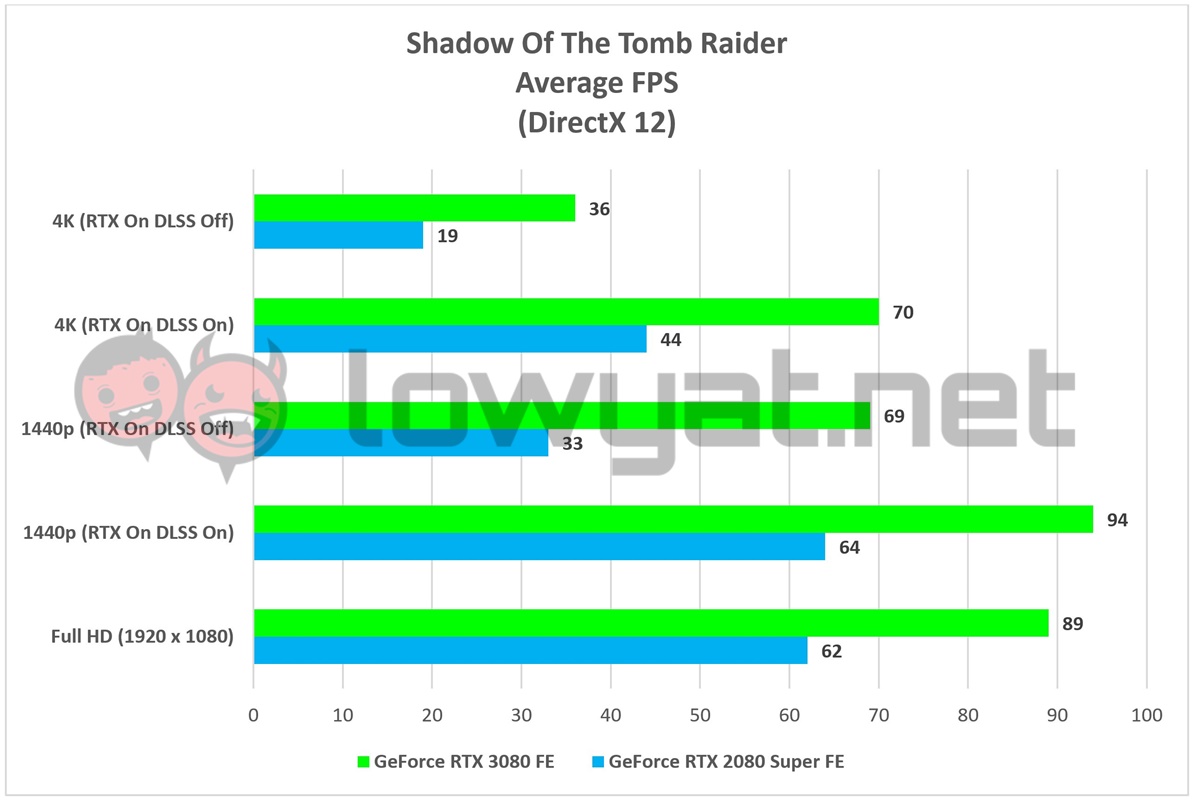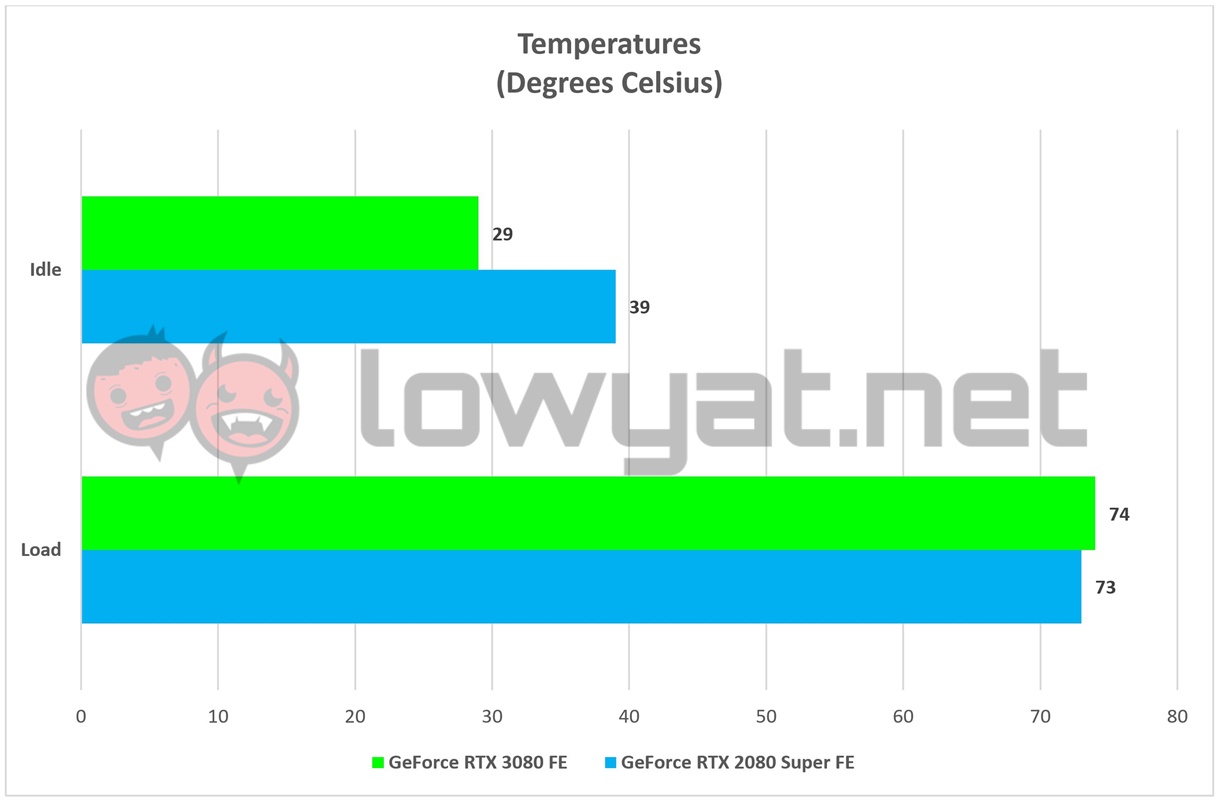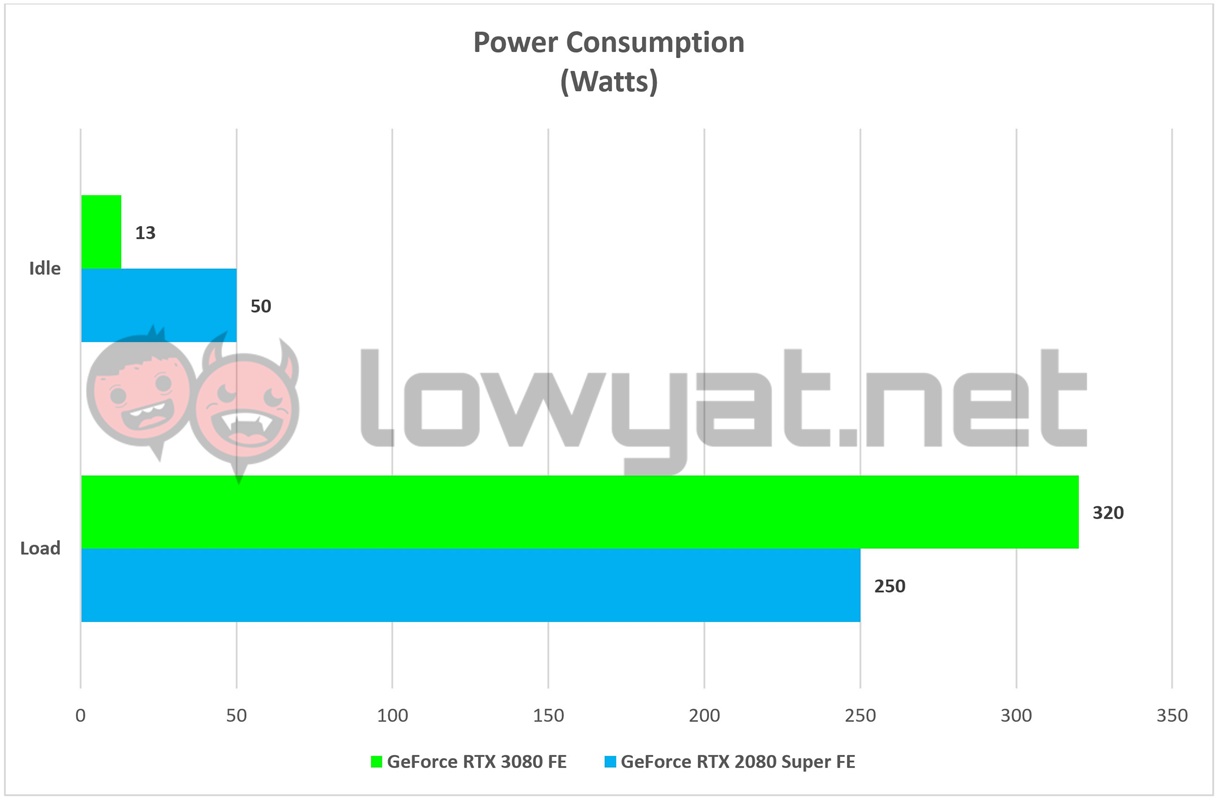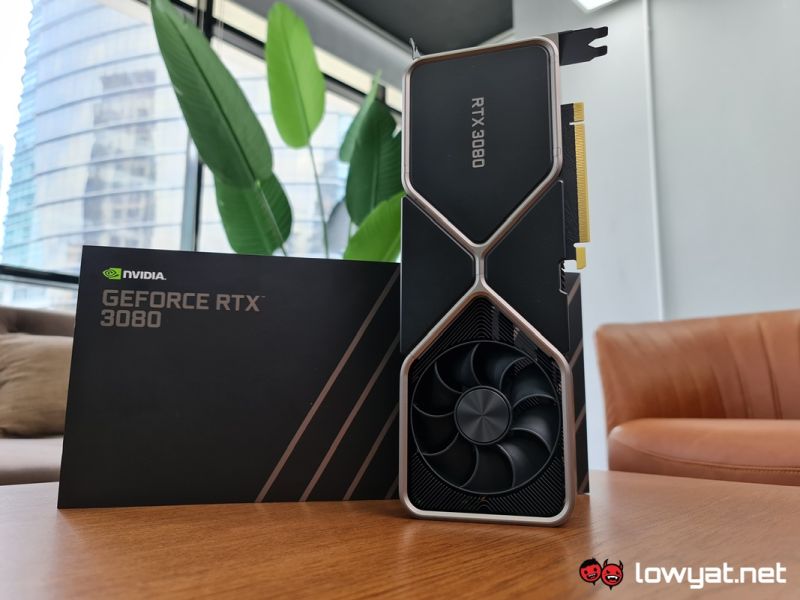To that end, the GeForce RTX 3080 is one of the first cards that will be hitting store shelves first and I have been given the privilege to play around with the Founders Edition of the card. On that note, allow me to tell you outright: the card is – in every sense of the word – a powerhouse.
Specifications
Design
I’ll begin by making one point clear: while I may have been given the opportunity to review the RTX 3080 FE, the card itself isn’t going to be available in Malaysia, at least, not on an official level. Of course, it goes without saying that when the RTX 3080 does go live, so too do the 3rd party custom cooled cards from its AiB partners.
A brand new cooler solution for a brand new generation of gaming.
Getting back to the main attraction, The RTX 3080 FE’s design is clearly worth more than a fleeting glance. As mentioned in the card’s first look, NVIDIA took a radical approach in manufacturing this beast of a card. The new PCB is both groundbreaking and unique in its design, featuring an 18-phase power delivery in an ultra-compact space that’s also significantly smaller than the boards of previous generation graphics cards. It’s radicalism doesn’t end there either, to no one’s surprise, with the PCB being flanked by the new and cool-looking heatsink and fans in their push-pull configuration that, when combined, produced a “Dual Axial Flow Through” cooling solution. That barely breaks a sweat in keeping the RTX 3080 FE cool, while it continuously runs the games and benchmarks I throw at it. More on that later.
As jaw-dropping as the aesthetics of the RTX 3080 FE is, we also cannot ignore the hardware that lies just beneath the heatsink. I mentioned the ultra-compact PCB, and before today, I was unable to provide any further detail and specifications of the card. You already know that the card runs on 10GB of the new GDDR6X graphics memory – courtesy of Micron – with the memory running at 19Gbps. I can now also tell you the base and boost clock of the cards, that are 1440MHz and 1710MHz, respectively.
The numbers and other features on this card are astounding, if not groundbreaking.
By comparison, those numbers are slightly lower than the RTX 2080 Super’s, but again, I want to point out it’s through a combination of multiple features and factors that makes the RTX 3080 FE really groundbreaking. First, and at long last, NVIDIA has finally jump on to the PCIe 4.0 bandwagon with this card, and that opens up the proverbial floodgates for the card’s data speeds. In addition to the new interface adoption, it’s also got more Shader FLOPs and RT Cores – 30 FLOPs and 68 2nd generation RT Cores, specifically – 272 Tensor Cores that are in their 2nd generation, and a whopping 8704 CUDA Cores.
In order to power up the beast that is the RTX 3080 FE, NVIDIA devised and installed an all-new 12-pin PCIe port on the card. Fear not, for as I mentioned in my previous article, this new port is only designed for the Founders Edition and 3rd party variant will still ship out with the current 8-pin PCIe ports soldered on.
No NVLink SLI Bridge for the RTX 3080 FE.
Moving on, the RTX 3080 FE’s is also devoid of an NVLink SLI bridge, so any hopes of actually seeing this card running in a dual-GPU configuration isn’t possible. Do note that despite its absence, the GA102 GPU architecture does support NVIDIA’s multi-GPU feature, but based on the white paper and specs sheet on the official product pages. It’s a feature that’s exclusive to the GeForce RTX 3090, for now.
Ports-wise, we’re looking at a single HDMI 2.1 port and three DisplayPort 1.4a ports. Unlike the Turing-powered RTX 20 series cards, there is no USB-C port for DisplayLink anymore.
Testbench
Benchmarks
Since NVIDIA says that its RTX 3080 FE is capable of achieving up to twice the speed and performance of its previous generation GeForce RTX 2080 Super, that will be precisely what we’ll do: pit the RTX 3080 FE against the brand second-most powerful Turing-based consumer graphics card. To test the cards, I will be using the usual fare of benchmark tools and tests; the list includes UL’s array of 3DMark tests, Unigine’s Superposition, plus the Bright Memory and Boundary benchmarks. For a comparison between the two cards’ handling of RTX and DLSS combined. Still on the subject, I’ll simply set the DLSS level as “Balanced” on both, as I believe this will provide a fair performance reading for them.
For gaming, I am running my usual list of games of Battlefield V (BFV), Deus Ex: Mankind Divided (DXMD), DOOM Eternal, Shadow of the Tomb Raider (SotTR), plus one new addition: 505 Games’ Control for both RTX and DLSS simulation. Lastly, I am testing the game in the three common display resolutions: Full HD (1920 x 1080), WQHD (2560 x 1440) or 1440p, and 4K (3840 x 2160). Oh, and before I forget, I’m also using ASUS’ ROG Swift PG27UQ 4K gaming monitor to make the most out of the experience.
The card just crushes in 4K.
As you can see from the charts, the RTX 3080 FE very viciously leaves the RTX 2080 Super in a cloud of dust, pulling ahead of its predecessor in nearly every synthetic benchmark and real-world application. The same victory lap-level depiction is also very clearly visible when it oils to gaming.
At its worst, the RTX 3080 FE’s performance hits a low of 16 fps in the Superposition benchmark at 4K resolution and the Shader level set to Extreme. Which is and has been the most graphically resource hungry setting in most of my benchmark. For that matter, I’ve only included the scores on this benchmark with the Shaders set to High only, especially since the RTX 2080 Super was desperately struggling to maintain its composure at the same settings. Of course, where the RTX 3080 FE really shines through is through gaming, but more importantly, gaming in 4K resolution. On that note: yes, dear readers, as promised by NVIDIA, the card is more than capable of maintaining an average of 100fps on 4K, along with its graphics settings set to Ultra Nightmare.
However, in games like BFV, Control, and SotTR that come with RTX support, running these games with RTX turned on and at native 4K resolution undeniably puts a toll on the RTX 3080 FE. Surprisingly though, BFV is the only game on that list that manages to keep the framerates above 60 fps on 4K, but as for the other two, it struggled to even maintain a 40fps average.
Thankfully, these games also feature NVIDIA’s DLSS technology and upon flipping that switch, the difference in performance is like the sun and moon; All three games began running and sustaining themselves above and beyond the 60fps mark, with just one or two stutters in-game at random. Sure, the feature is basically upscaling, but with DLSS 2.0 working its magic, I can’t really find any fault or difference in texture quality. Well, except for Control, maybe.
Temperature And Power Consumption
While the RTX 3080 FE shows off some significant performance gains both in synthetic and real-world testing, that isn’t even the most impressive feat of the card. What’s really mind-boggling is how the GPU’s temperature never seems to stray beyond 74°C, on a full load and while running games at 4K resolution. I know this is a gross exaggeration, but how NVIDIA has managed to achieve this is an unprecedented feat, in and off itself. That said, I do keep a relatively cold lab, with the ambient temperature typically kept below 20°C, and that may have contributed to it.
But while the RTX 3080 FE delivers on both performance and temperatures, it should also come as no surprise that the card is rather power hungry as well. When idling, the card barely pulls 15W. Get it running at full whack, though, and that number spikes to 320W and remains there more or less for the duration of the program it’s being tasked with.
Conclusion
Just like how NVIDIA’s Pascal architecture was an exponential improvement over the Maxwell, it’s the same thing between Ampere and Turing. When it first arrived on the scene, Turing was – in a sense – revolutionary as it gave the world its first look at RTX technology. With Ampere, NVIDIA simply took said technology out of its infancy stage and ramped up the efficacy of all the relevant parts, in order to make the GPU significantly more potent in its delivery. One of the many end results of its action is this very card I hold in my hands, the GeForce RTX 3080 FE. To that end, the GeForce RTX 3080 FE is, beyond a shadow of a doubt, one of NVIDIA’s most powerful I’ve ever tested and as it stands, the most powerful card in my lab’s inventory. At least, until I get my hands on the company GeForce RTX 3090.
